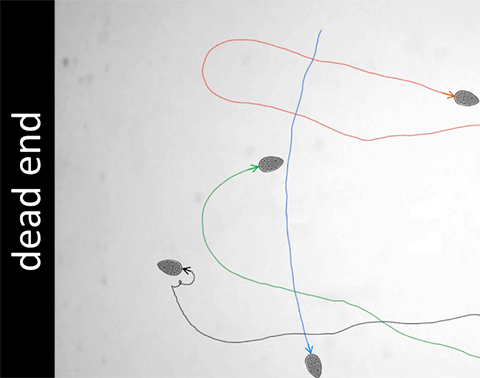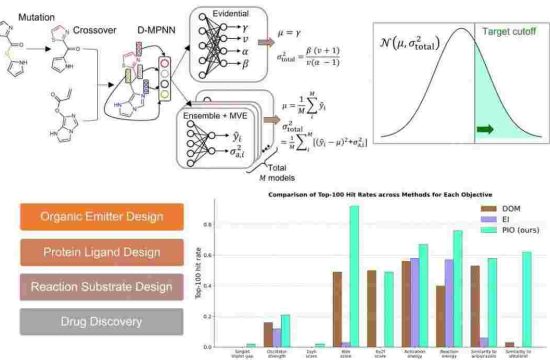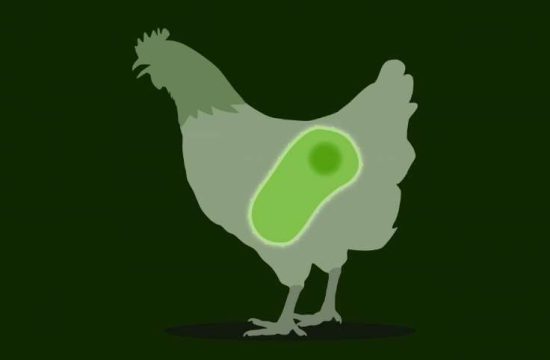Researchers at Tohoku University in Japan have shown that microorganisms can ingeniously escape from a dead end by swimming. The results pave the way to understanding the spread of infectious diseases.

Credit : Takuji Ishikawa
Although microorganisms are too tiny to be seen by the naked eye, they are distributed all over the world and even inside the human body. It has been largely unknown how microorganisms can survive in intricate environments, such as in the ground and inside of the body, despite the importance of such information.
Takuji Ishikawa and Kenji Kikuchi from the Graduate School of Engineering at Tohoku University have discovered that microorganisms with hair like organelle called cilia, can avoid entrapment at a dead end, where cells would otherwise never return.
By using experiments and numerical simulations, Ishikawa and Kikuchi have shown that microorganisms can ingeniously escape from a dead end by swimming. The ability to escape from a dead end can be found in many kinds of microorganisms with cilia.
These results indicate that such a microorganism can find a way to survive even in intricate and challenging environments, where other creatures may become extinct, such as shallow water where a whale may become stuck. The results also pave the way to understanding the mechanism of the spread of infectious diseases.
This research was published online in Proceedings of the Royal Society B on 28 February 2018. It was financially supported by JSPS KAKENHI.







